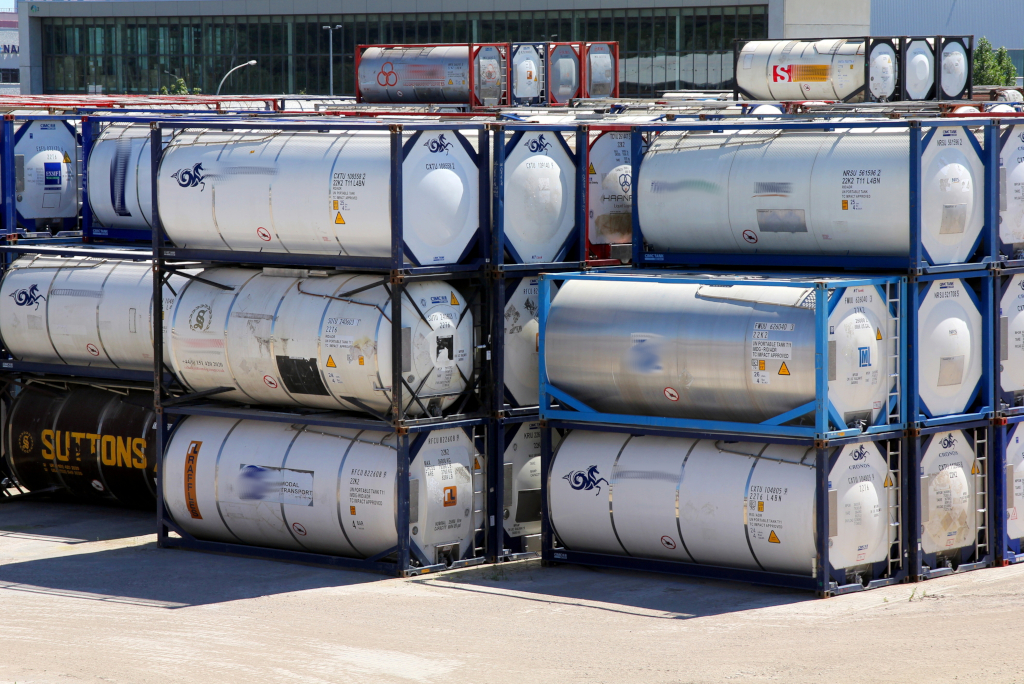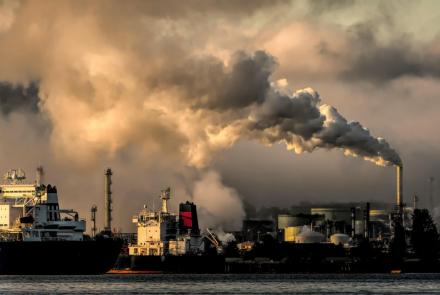ISO Tank Container Maintenance and Repair: Behind the Scenes

Photo 127480048 © Hieronymusukkel | Dreamstime.com
When it comes to container shipping, ensuring the safety and reliability of cargo transport is paramount. Among the various container types used in the industry, ISO tank containers stand out as indispensable tools for transporting liquid cargo. However, like any other equipment, these containers require regular maintenance and occasional repairs to operate at peak performance. In this blog, we'll take you behind the scenes of ISO tank container maintenance and repair, shedding light on the critical steps that ensure cargo integrity and safety.
The Importance of Maintenance
Proper maintenance is essential to guarantee the safe transport of cargo in ISO tank containers. Neglecting maintenance can lead to leaks, structural issues, or contamination of cargo, potentially resulting in accidents or financial losses. Regular inspections and upkeep not only ensure compliance with industry standards but also extend the life of these valuable assets.
Maintenance Process
- Routine Inspections: Maintenance begins with routine inspections. Trained professionals thoroughly examine the container's structure, valves, gaskets, and safety features. These inspections identify any wear and tear, corrosion, or damage that may compromise container integrity.
- Cleaning and Sanitization: ISO tank containers are subjected to strict hygiene standards, especially when used for food, pharmaceuticals, or chemicals. Cleaning and sanitization processes remove residues and contaminants to prevent cross-contamination during cargo transport.
- Valve and Gasket Replacement: Over time, valves and gaskets can deteriorate. Regular replacement of these components ensures a secure seal, preventing leaks and spills.
- Pressure Testing and Leak Testing: Pressure testing is a vital part of maintenance for ISO tank containers. It involves subjecting the container to controlled pressure to verify its structural integrity. Any weaknesses or defects are identified and addressed during this process. This ensures that no hazardous materials escape during transportation.
- Hydrostatic Pressure Testing: This method involves filling the container with water and pressurizing it to a predetermined level. The container is then inspected for any signs of leakage or structural weaknesses. Hydrostatic testing is effective for detecting leaks in the container's walls, seams, and welds.
- Pneumatic Pressure Testing: In pneumatic testing, the container is pressurized with air or an inert gas, such as nitrogen, instead of water. The pressure is gradually increased to a specified level, and the container is monitored for leaks or excessive pressure drops. Pneumatic testing is useful for detecting leaks in the container's valves, fittings, and seals.
- Vacuum Testing: Vacuum testing involves creating a vacuum inside the container and monitoring it for any pressure changes. This method is particularly effective for detecting leaks in the container's insulation and outer shell. Vacuum testing can identify leaks that may not be detected with other pressure testing methods.
- Ultrasonic Testing: Ultrasonic testing uses high-frequency sound waves to detect flaws or defects in the container's structure. This non-destructive testing method can identify hidden cracks, corrosion, or other abnormalities that may compromise the container's integrity.
- Visual Inspection: While not a pressure testing method per se, visual inspection is an essential part of the pressure testing process. Trained technicians visually inspect the container for signs of damage, corrosion, or wear that may indicate potential weaknesses. Visual inspection complements other pressure testing methods and helps ensure the overall safety and reliability of the container.
- Structural Repairs: In case of dents, punctures, or structural damage, skilled technicians conduct necessary repairs to restore the container's integrity.
- Temperature Control Systems: For reefer tank containers, maintaining temperature control systems is essential. Any malfunction can compromise the cargo's quality. Regular servicing and calibration of these systems are vital.
- Documentation and Certification: Proper record-keeping of maintenance activities and certifications is crucial for regulatory compliance and accountability.
In conclusion, ISO tank container maintenance and repair are vital aspects of container shipping. They ensure cargo safety, regulatory compliance, and the longevity of your containers.
VS&B Containers, headquartered in Chennai, began operations in 1996. The company offers a wide variety of containers, both newly built and used, and custom-built units that can be directly shipped from our manufacturing facilities to your preferred destinations across the world. We also operate a leased fleet of over 30,000 containers for both international leasing and domestic leasing (within India). If you have container requirements, do drop us an email at info@vsnb.com and a member of our team will reach out to assist you.
Furthermore, iInterchange Systems (A VS&B group company) provides state-of-the-art software solutions tailored specifically to meet the needs of container shipping and logistics enterprises. Please visit www.iinterchange.com for more details.
Keywords: ISO tank containers, container maintenance, container repair, ISO tank container safety, container maintenance process, VS&B Containers, container shipping industry, pressure testing ISO tank containers.
- Log in to post comments






